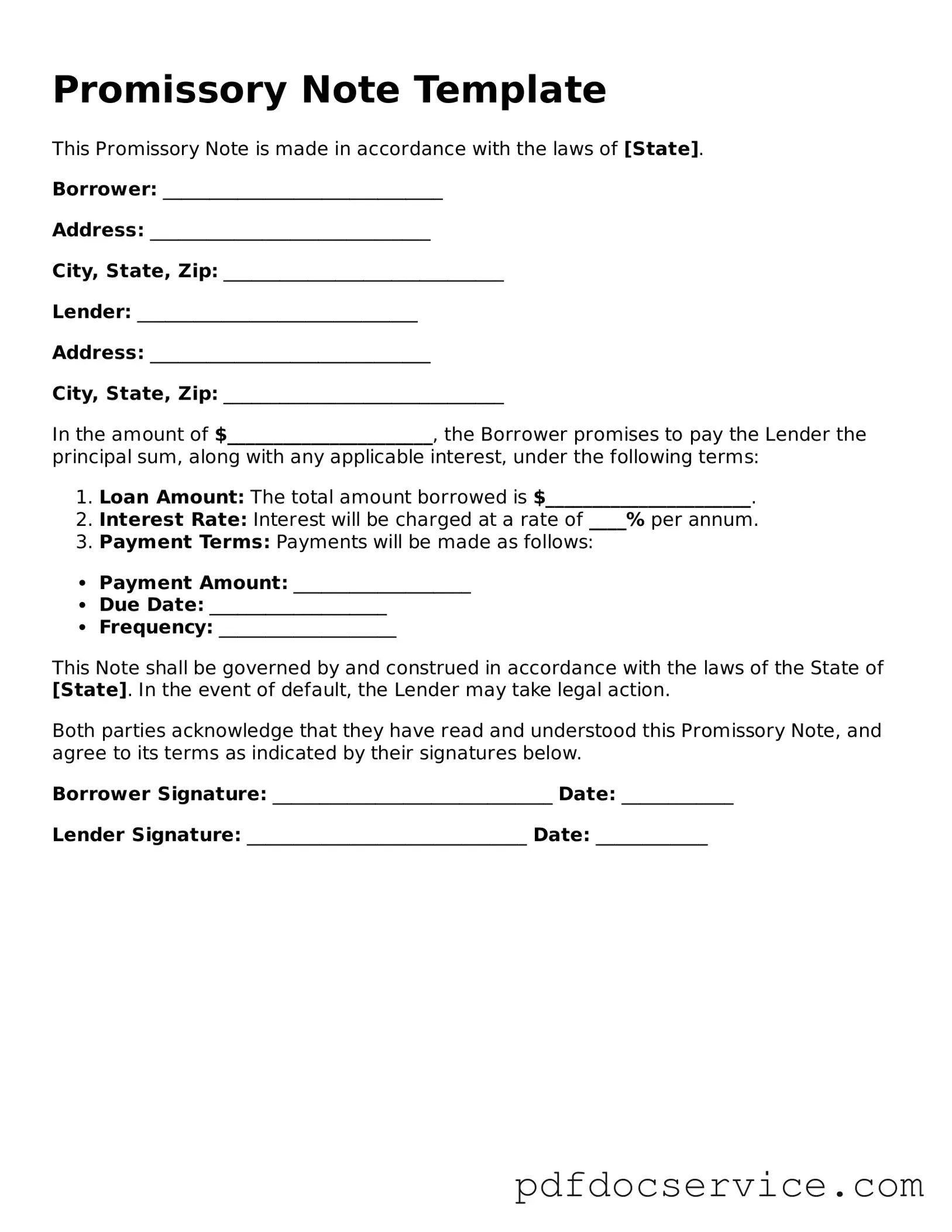When entering into a financial agreement, clarity and security are paramount. A Promissory Note serves as a vital document in such transactions, outlining the terms under which one party agrees to pay a specified sum of money to another. This form typically includes essential details such as the principal amount, interest rate, payment schedule, and the maturity date. It also specifies the rights and obligations of both the lender and the borrower, ensuring that each party understands their commitments. In addition to these fundamental elements, the Promissory Note may include provisions for late fees, prepayment options, and what happens in the event of default. By clearly delineating these aspects, the form not only protects the interests of the lender but also provides the borrower with a transparent understanding of their financial responsibilities. Understanding the intricacies of this document is crucial for anyone involved in lending or borrowing money, as it lays the groundwork for a legally binding agreement that can help prevent disputes and misunderstandings down the line.
